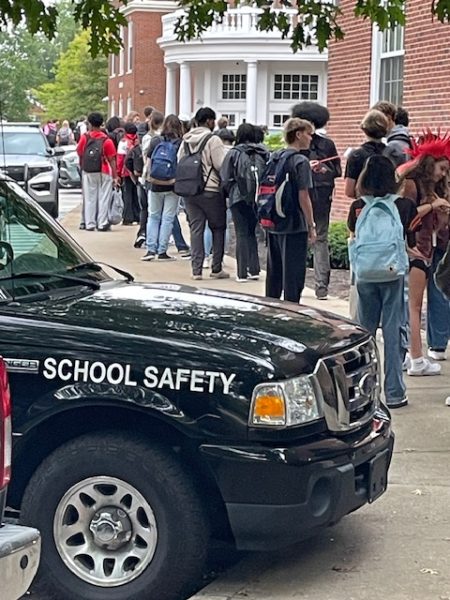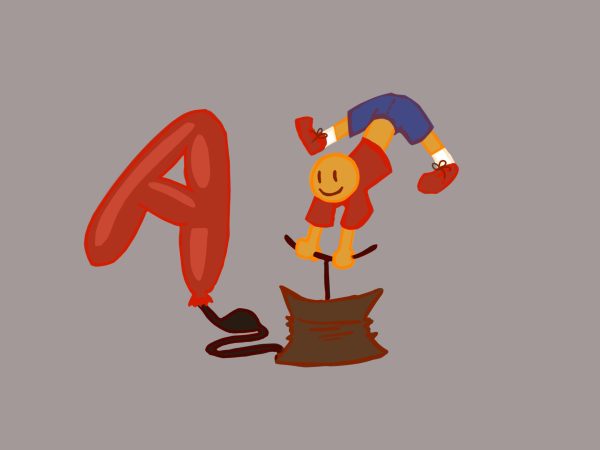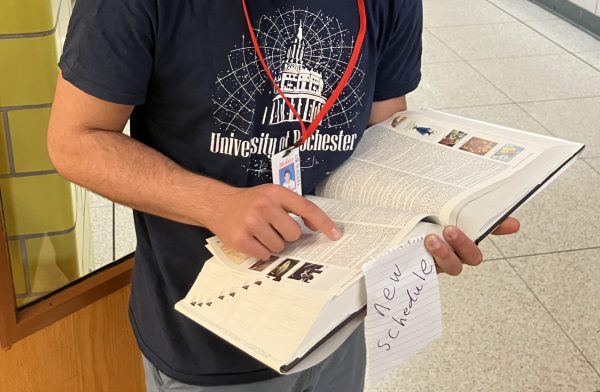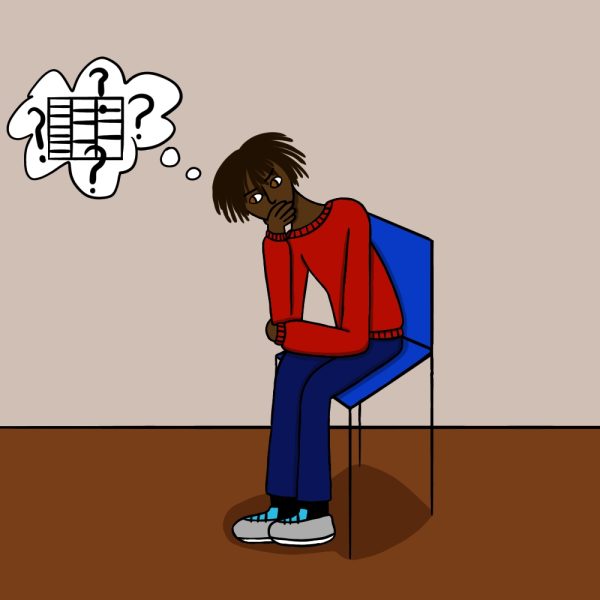We Have Marriage Equality, What’s Next?
Same-sex marriage legalization swept across the nation after a Supreme Court ruling June 26 which will hopefully turn the tide for LGBT rights
Social media took up the hashtag ‘LoveWins’ after the Supreme Court legalized same-sex marriage in all 50 states.
The Supreme Court made the decision that Ohio legislation wouldn’t.
While that’s great, I feel like this ruling is Congress dangling a cookie over our heads to make us forget about just how many issues need to be tackled.
Ohio was one of 13 states that still hadn’t legalized same-sex marriages. After a 5-4 Supreme Court ruling stating same-sex marriage bans were unconstitutional, Ohio, along with the 12 other states, were forced to change their policies.
Social media erupted with the hashtag “LoveWins,” alongside celebration from celebrities, politicians, allies, lesbian, gay, bisexual and transgender people who can finally legalize their love.
The legalization of marriage holds more importance than simply being able to walk down the aisle. It allows LGBT couples legal advantages they weren’t previously afforded, such as hospital visitation rights, tax benefits, social security benefits and child custody rights.
This momentous occasion is obviously a large step in LGBT equality, but I’d be lying if I said I believed everything was fixed.
In many cases, LGBT rights have devolved into gay rights as a shorthand term for the topic.
Additionally, the term “gay marriage” itself suggests a difference between it and a “traditional marriage.” The next logical step to normalizing the concept of same-sex marriage in our society is to stop referring to it as anything other than simply marriage.
Today, in the month of pride, we are celebrating the legalization of marriage, but after being on social media for a few hours, I still feel uneasy.
This is an amazing first step, but it is just a step.
Legal marriage is wonderful, but not all queer youth get to a point in their life where marriage is an option.
The Center for Disease control states, lesbian, gay and bisexual youth in grades 7 through 12 are more than twice as likely to attempt suicide than their heterosexual peers. The numbers on transgender youth are sketchy because they don’t have enough data.
According to the National Coalition for the Homeless, LGBT youth make up only 10 percent of our youth’s population but 20 percent of the total that are homeless.
In addition to that, many youth homeless shelters are not LGBT friendly.
“Transgender people are often forced to classify themselves as a gender which they do not identify,” they state in an article on their website. “These individuals are particularly at physical risk in shelters. This risk comes from a lack of acceptance.”
Sadly, LGBT youth are also seven times more likely to experience sexual violence on the streets.
The idea that “gay rights” — or rather LGBT rights — are anything more than human rights is one that needs to be eradicated.
The National Lesbian Gay Bisexual Transgender and Queer Task Force took to social media with an ad campaign titled, “We won marriage — now we need more.” The set of infographics show sobering statistics about discrimination against LGBT people in healthcare and work conditions.
Marriage has been legalized, but 90 percent of transgender people still experience discrimination and mistreatment in the workplace and 56 percent of lesbian, gay and bisexual people have experienced discriminatory treatment like harsh and abusive language in healthcare settings.
In the media, the focus today is on gay and lesbian couples getting equal rights, but there is so much more that needs to be done.
Unless I’m mistaken, the L and the G are only one half of what makes up LGBT.
The Huffington Post and GLAAD — formerly known as the Gay & Lesbian Alliance Against Defamation — have both scratched the surface of bisexual erasure in the media.
“Bisexual erasure or bisexual invisibility is a pervasive problem in which the existence or legitimacy of bisexuality — either in general or in regard to an individual — is questioned or denied outright,” GLADD stated in an article.
A Huffington Post Gay Voices column also tackled the issue.
“Even as LGBT rights are at the forefront of the national conversation, bisexuality is still often regarded as the orientation for ‘easy’ people who want to sleep with as many humans as possible, indiscriminately,” the column stated.
They also noted that bisexual people have higher rates of depression, anxiety and other mood altering disorders.
Most recently, the announcement of Caitlyn Jenner brought attention to the transgender community. However, it gives an unrealistic picture of transgender people in our society.
While Jenner’s story in an inspirational one, she has the money to afford surgeries most transgender people don’t to achieve her desired look.
The recognition of the ‘B’ and the ‘T’ while addressing LGBT issues in the media is glossed over and forgotten.
While June 26, 2015 will surely be a day written in the history books, hopefully it will be known as the tipping point for LGBT rights coming to pass rather than a single momentous event.






